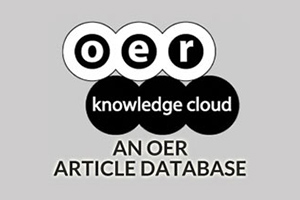The Nationwide Landscape of K–12 School Websites in the United States
Systems, Services, Intended Audiences, and Adoption Patterns
DOI:
https://doi.org/10.19173/irrodl.v20i4.3794Keywords:
open source software, social media, Web 2.0, K-12 education, community outreach, communicationAbstract
This study sought to collect URLs (web addresses) of all K-12 schools in the United States (N = 98,477) and analyze website home page system and service data for all available U.S. institutional websites (n = 65,899). Building upon previous research related to Web 2.0 educational potentials, this first-of-its-kind study sought (a) to provide descriptive results of system and service adoption and website data for all schools in the United States and (b) to detect theorized differences based upon school demographics and service/system type (e.g., open source vs. proprietary). Results indicated that proprietary and purchased systems were much more common than free and open systems, that adoption patterns were generally not meaningfully influenced by demographic data (except for charter school status), and that K-12 institutional adoption of Web 2.0 seems to be more focused on educational uses of these tools that might not strictly be considered pedagogical (e.g., community outreach).
Publication Facts
Reviewer profiles N/A
Author statements
- Academic society
- N/A
- Publisher
- Athabasca University Press
Published
How to Cite
Issue
Section
License
This work is licensed under a Creative Commons Attribution 4.0 International License. The copyright for all content published in IRRODL remains with the authors.
This copyright agreement and usage license ensure that the article is distributed as widely as possible and can be included in any scientific or scholarly archive.
You are free to
- Share — copy and redistribute the material in any medium or format
- Adapt — remix, transform, and build upon the material for any purpose, even commercially.
The licensor cannot revoke these freedoms as long as you follow the license terms below:
- Attribution — You must give appropriate credit, provide a link to the license, and indicate if changes were made. You may do so in any reasonable manner, but not in any way that suggests the licensor endorses you or your use.
- No additional restrictions — You may not apply legal terms or technological measures that legally restrict others from doing anything the license permits.








